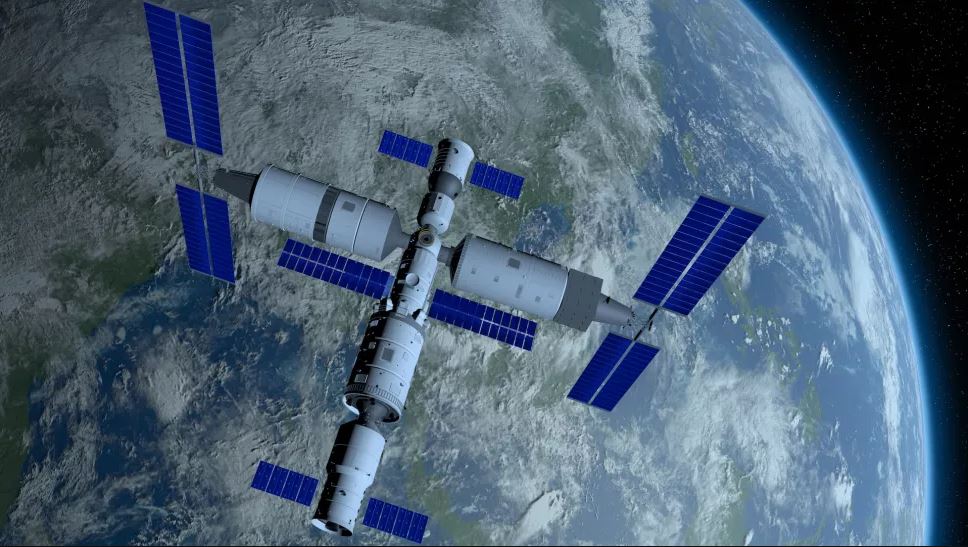The new Tiangong space station, also known as the Heavenly Palace, will be completed in orbit in the near future, providing a new base for astronauts. It will be possible for Tiangong to sustain three astronauts at a time, or up to six people during crew rotations.
It has already housed three astronauts, who spent 90 days living onboard and contributing to the station’s development. The station is still incomplete. The next crew is scheduled to go on their mission in October of this year.
Tiangong will be constructed in phases over the course of the following year. A glance at the major components that will make up the station is shown below.
When the Tianhe control centre went live, it was the first component to go live. A central docking hub will be used to link the module to other parts of the space station, as well as to spacecraft visiting the station. Tianhe is also equipped with a hatch that allows astronauts to enter and leave the station safely.
There are two experiment modules, Wentian and Mengtian, that will communicate with the Tianhe core module. Biotechnology, microgravity, and space materials science will be investigated by astronauts throughout their missions.
Other spacecraft will visit the station on a regular basis to bring food, supplies, and crew members to the astronauts aboard the station. Tianzhou and Shenzhou are two examples of such transit routes between the Earth and the space station, respectively.
The Tianzhou spacecraft are a series of autonomous ships that transport cargo and fuel to and from the International Space Station. The Tianzhou-1 has a carrying capacity of 6 tonnes, which is about the weight of an adult elephant. The inside of the vehicle is split into two sections: a cargo compartment and a propulsion portion.

